How Often Should Marble Protective Film Be Replaced
2025-08-13
Marble Protective Film Replacement Guide
1. Determine Replacement Time Based on Usage Scenario
Replacement cycles vary depending on usage scenario. During construction, the protective film primarily protects the marble from scratches and contamination. It can be replaced once construction is complete and the environment has stabilized. In daily home use, the protective film will wear more quickly in areas with high foot traffic and high levels of friction, requiring early replacement based on actual wear. In relatively dry, low-friction environments, the protective film can maintain its effective protection longer.
- Construction sites: Replace after project completion
- High-traffic areas: Monitor wear and replace early
- Low-friction areas: Longer replacement intervals
2. Determine by Degree of Aging
Observing the physical condition of the protective film is crucial for determining when to replace it. Yellowing and brittleness indicate aging and reduced protective performance, requiring prompt replacement. Cracks, tears, or warping at the edges of the surface allow dust and moisture to penetrate, rendering the protective film ineffective. Replace the protective film immediately when these signs appear.
- Visual indicators: Yellowing, brittleness
- Structural damage: Cracks, tears, warping
- Immediate replacement required when compromised
3. Determine Replacement Needs Based on Contamination Accumulation
If the protective film accumulates significant amounts of difficult-to-remove stains, or if the adhesive layer overflows and attracts dust, it will affect the marble's appearance and subsequent cleaning. When stains penetrate between the protective film and the stone, they may contaminate the marble surface. Promptly replace the protective film to prevent long-term stains from damaging the stone. Regularly checking the surface cleanliness can help determine the best replacement time.
4. Adjusting the Replacement Cycle Based on Seasonal and Environmental Factors
In humid environments, the protective film is susceptible to moisture, causing premature failure of the adhesive layer, necessitating a shorter replacement cycle. High temperatures accelerate the aging of the protective film and its performance degradation. A dry and well-ventilated environment helps extend the effective life of the protective film. The replacement frequency can be adjusted flexibly based on environmental changes to ensure continued protection.
- Humid conditions: More frequent replacement
- High temperatures: Accelerated aging
- Dry/ventilated areas: Extended lifespan
- Adjust cycle seasonally as needed
You Might Also Like
-
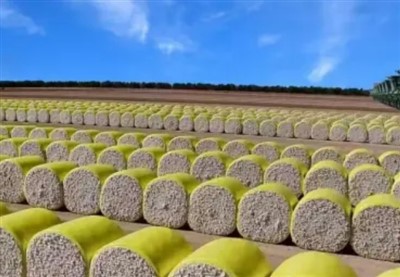
what are the advantages of cotton packaging film
-
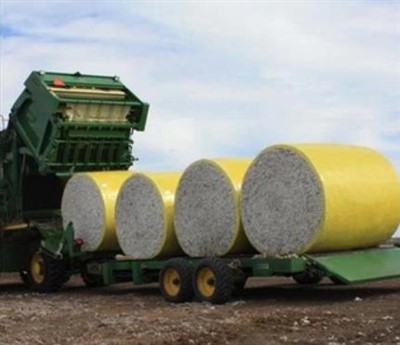
The Advantages of Cotton Wrap Film
-
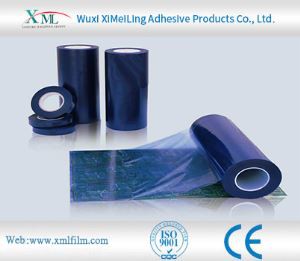
How does pe protective film cope with high temperature environment
-
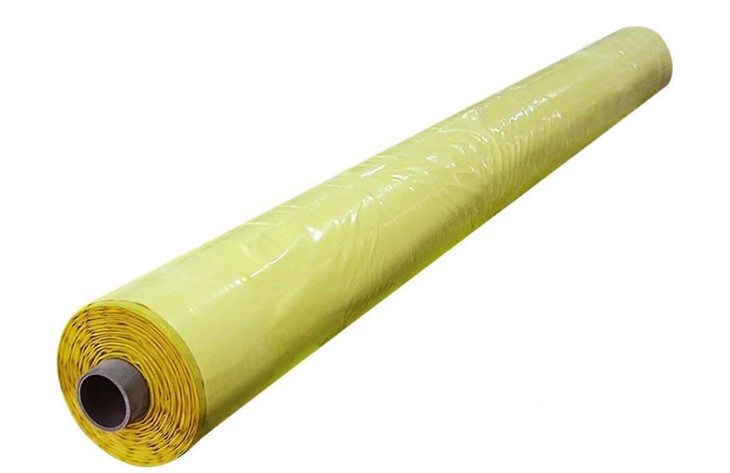
Advantages of Cotton Bale Wrap Film
-
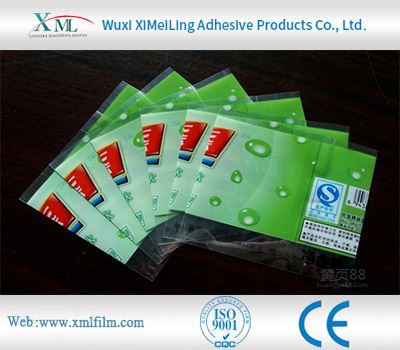
How Polyethylene Packaging Material Copes with High Temperature Environment
-
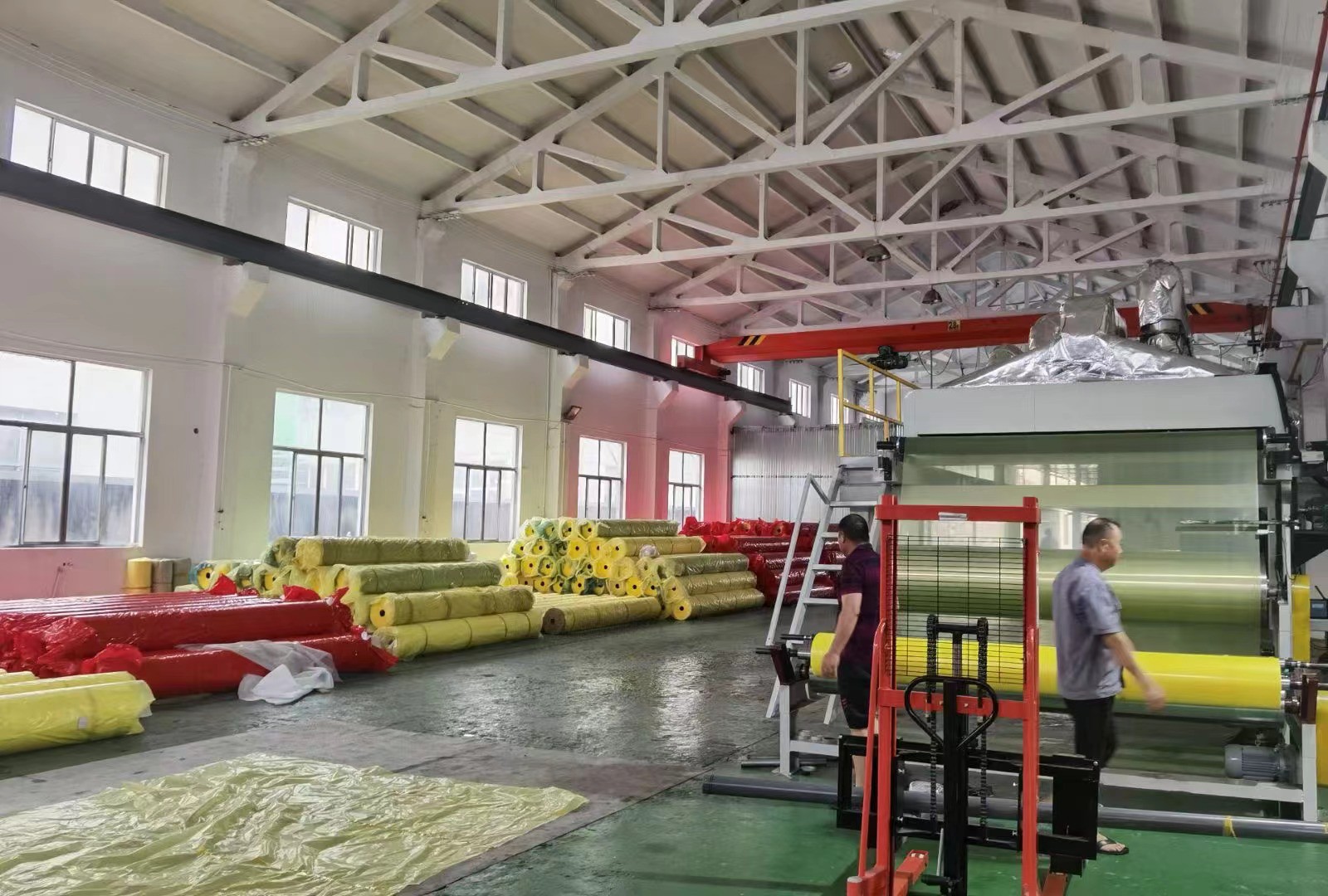
Storage method of cotton bale wrap film
